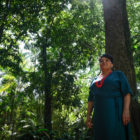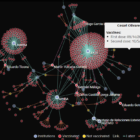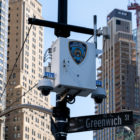News & Analysis
Investigating Illegal Gold Mining in the Amazon
|
In the 1990’s when Brazilian investigative journalist Kátia Brasil visited an Indigenous territory in the Amazon biome, the forest was “lush” and intact. But illegal gold mining has led to a surge of outsiders entering the area, and the results have been devastating. Two investigative teams, at Amazônia Real and Repórter Brasil, decided it was time to dig into this secretive industry, to find out who is behind the gold mining that is leaving a toxic scar across the region.









